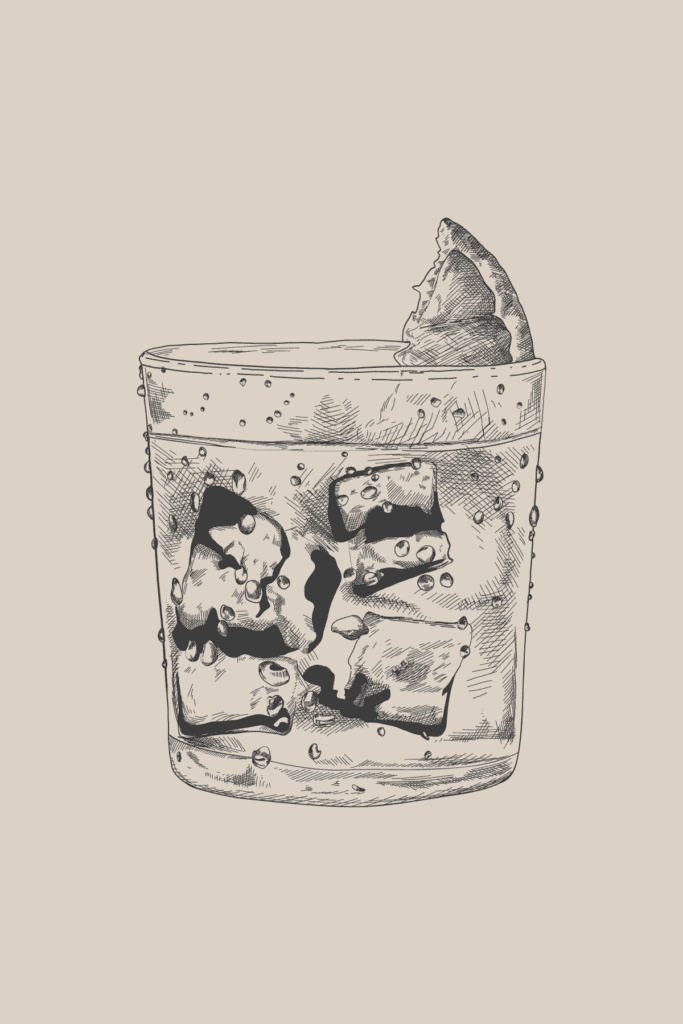
Explore the science behind crafting cocktails with a guide to understanding the chemistry of drinks! Learn about different ingredients and techniques for creating delicious drinks.
Ingredients and Flavor Profiles
Mixology is often considered an art, but the science behind crafting cocktails can’t be denied. It’s all about understanding different ingredients used in drinks, their flavor profiles and how they interact with each other. Alcohols have different boiling points, so using them as a base for your drink will affect its taste in various ways. For instance, gin has a high amount of volatile compounds which give it a unique flavor profile.
Different fruits also play a big role when creating cocktails – some are acidic while others are sweet or sour. Understanding how different mixes of flavors combine to create delicious drinks requires knowledge of both chemistry and culinary arts. The perfect balance between acidity, sweetness and bitterness is crucial when making cocktails that truly stand out from the crowd!
Building on Techniques
If you’re looking to become an expert mixologist then you’ll need to master several techniques that make cocktail crafting easier – such as muddling or shaking. With muddling you can infuse herbs into alcohols to create new flavor combinations; whereas shaking helps aerate liquids for added texture and extra lift in your drinks.
The temperature of drinks also plays an important role – cold temperatures help bring out certain flavors while hot temperatures can enhance certain aromas like smokey notes found in whiskey-based beverages. By understanding these principles of mixing drinks you’ll be able to craft delicious creations with ease!
Exploring Different Styles
When it comes to mixing drinks there are many styles available – whether it’s classic recipes like Margaritas or modern takes on classics like Espresso Martinis (a combination of coffee liqueur, vodka & espresso). Knowing what works together is key when exploring different trends; by mastering the basics first you’ll be able set yourself apart from other mixologists who don’t understand the science behind creating great tasting beverages.
To stay ahead of the game try experimenting with new ingredients– think outside the box by trying things like basil leaves or elderflower cordial instead relying on traditional syrups & bitters every time! You could even go further by playing around with homemade syrups infused with spices for extra depth & complexity…the possibilities really are endless!
More to learn:
- Another post on this topic you might find useful is, What does muddle mean when mixing drinks.
- Wondering about What does a part mean when mixing drinks, check it out here.
